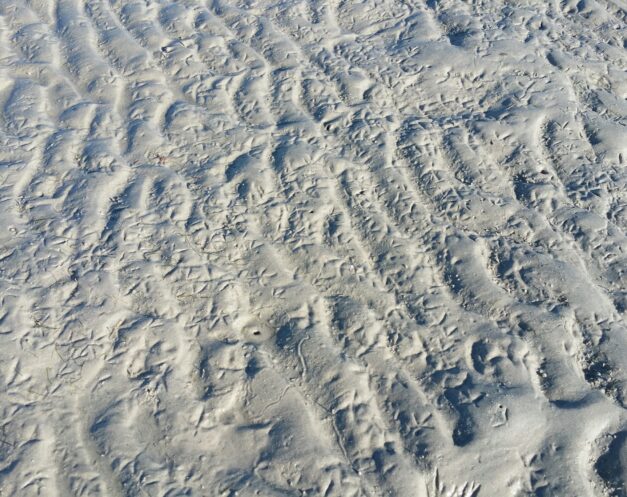Reducing the impacts of oil sands mining

Canada’s oil sands (also called tar sands) are one of the largest oil deposits on earth. Mining destroys the peat marshes covering these deposits, and alters the water flows within a much wider area. Oil sands oil is controversial due to these impacts and the fact that higher greenhouse gas emissions are produced from this form of extraction than from conventional sources of oil. Wetlands International is exploring activities to limit Shell’s impacts and enable restoration once mining has ended.
Alberta, a western province of Canada, is home to lush wildlife, with over 587 wildlife species, including amphibians, reptiles, birds, fish and mammals. Nearly half the species of birds in North America use the boreal forest each year. Wetlands of rain-fed peatlands and transitional peat marshes along small streams, cover about 20% of the landscape. This delicate ecosystem of peat marshes is valuable for water regulation, carbon storage in their soils, and unique biodiversity.
This is also where the Athabasca oil sands are located. They represent 77% of Canada’s proven oil reserves and support a growing energy extraction sector. Since 2003 Shell has been mining oil sand oil in Athabasca, accounting for 17% of Canada’s total oil production. Due to oil price increases since 2003, the mines in Athabasca have been greatly expanded and new ones are being planned.
Challenges
We are very concerned about the use of oil sands for energy due to the environmental damage and climate impacts. Mining oil sands completely destroys all the natural features and functions of these peat marshes and causes extremely large carbon dioxide emissions. After mining stops, companies are required to restore the impacted areas. However, restoration is hampered by inadequate rules.
We advised Shell’s operations in the Athabasca oil sands on how to limit the consequences of these operations for the natural environment and environmental services. We give critical and frank advice from the planning stage up to and including the exit strategy of a mining project. See our for more details on our views.
Achievements
- From 2009 to 2013, we conducted a baseline study of the Shell operation area in the Canadian oil sands which includes identification of wetland types, habitats, biodiversity and carbon levels, pre-mining.
- We developed a tool that, once a mine is closed, helps to identify what needs to be done to restore the wetland and its functions closer to the pre-mining levels. Think for instance of: hydrology, ecosystem services and habitats.
- Through the collection of baseline data and GIS, we are able to identify high value wetlands which can be very difficult to restore after the closure of a mine. By advising Shell on these high-value wetland systems, we influenced the mining process before it commencement.
- Internationally, we raise our concerns with partner NGOs for instance in the European Union regarding energy policy. At the same time, we take a pragmatic approach and try to minimise damage in the region’s wetlands.
Action Partners:
Shell
